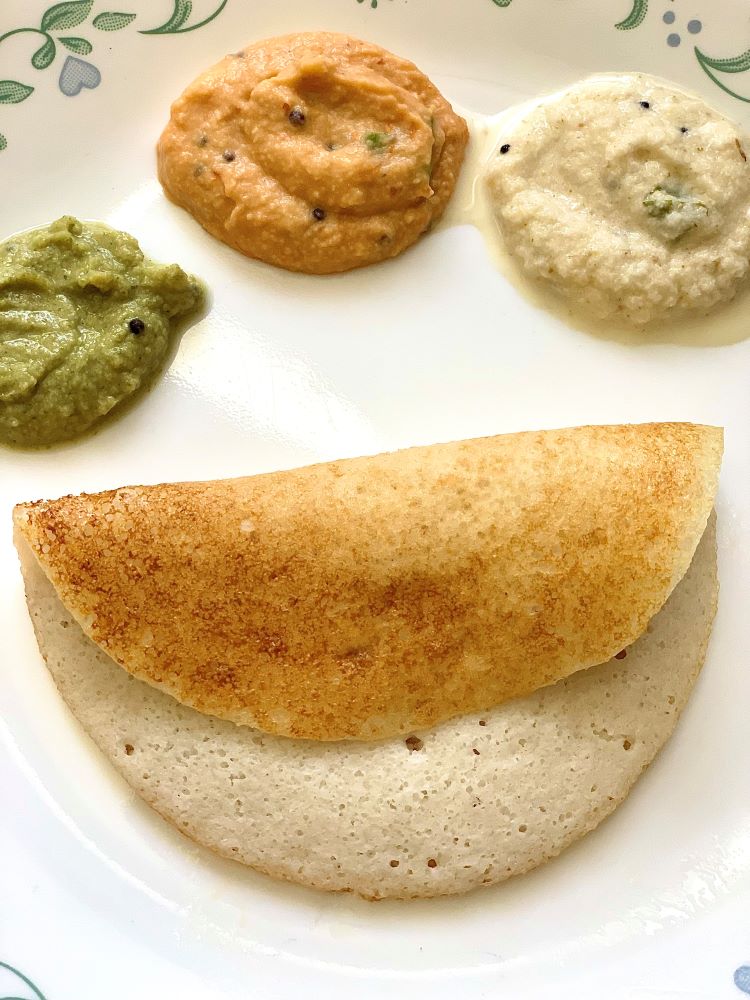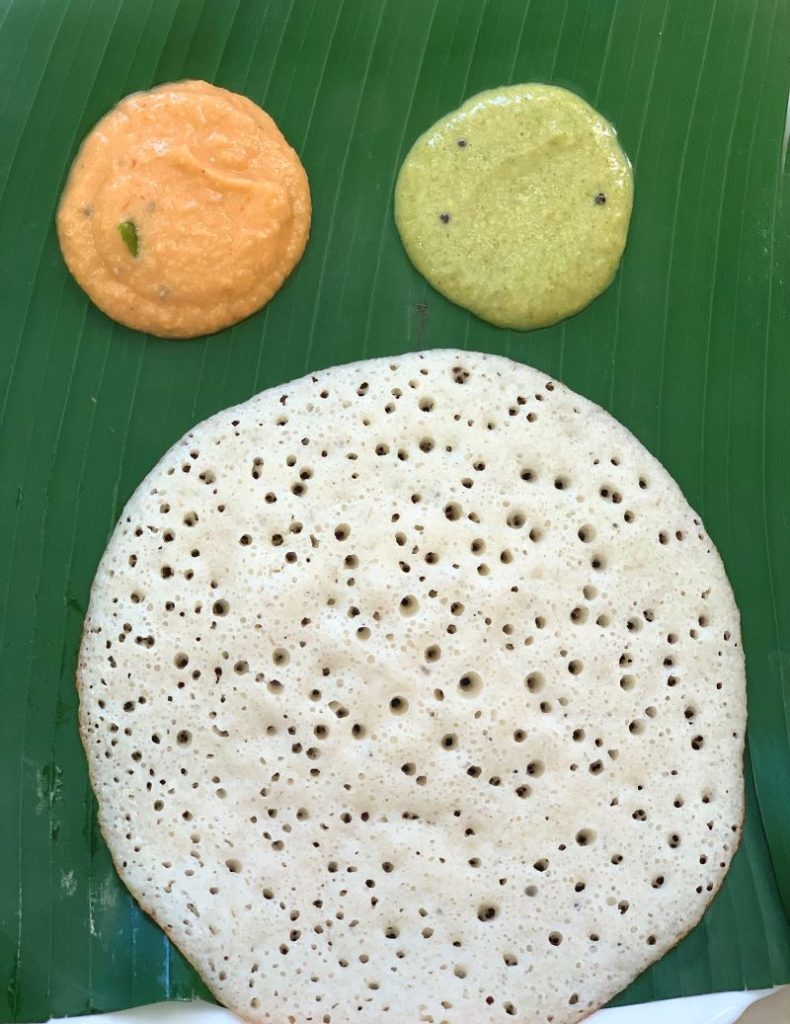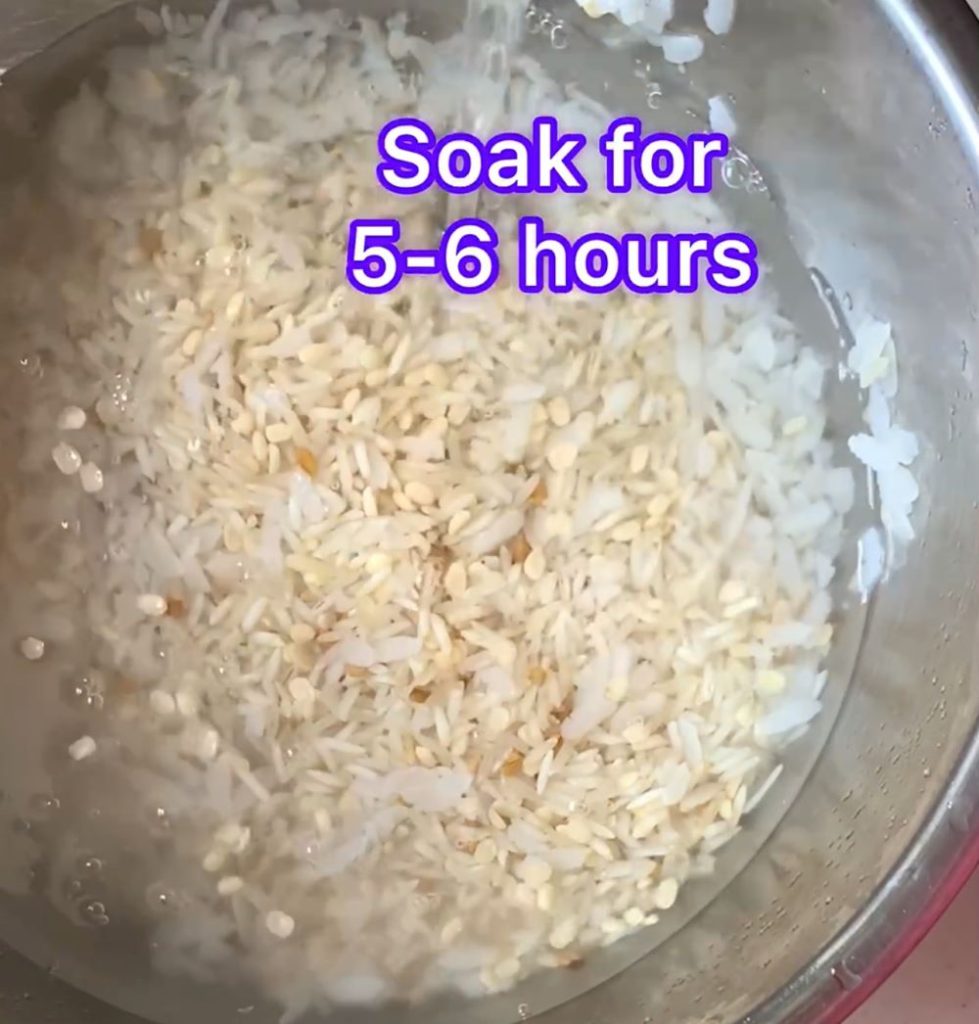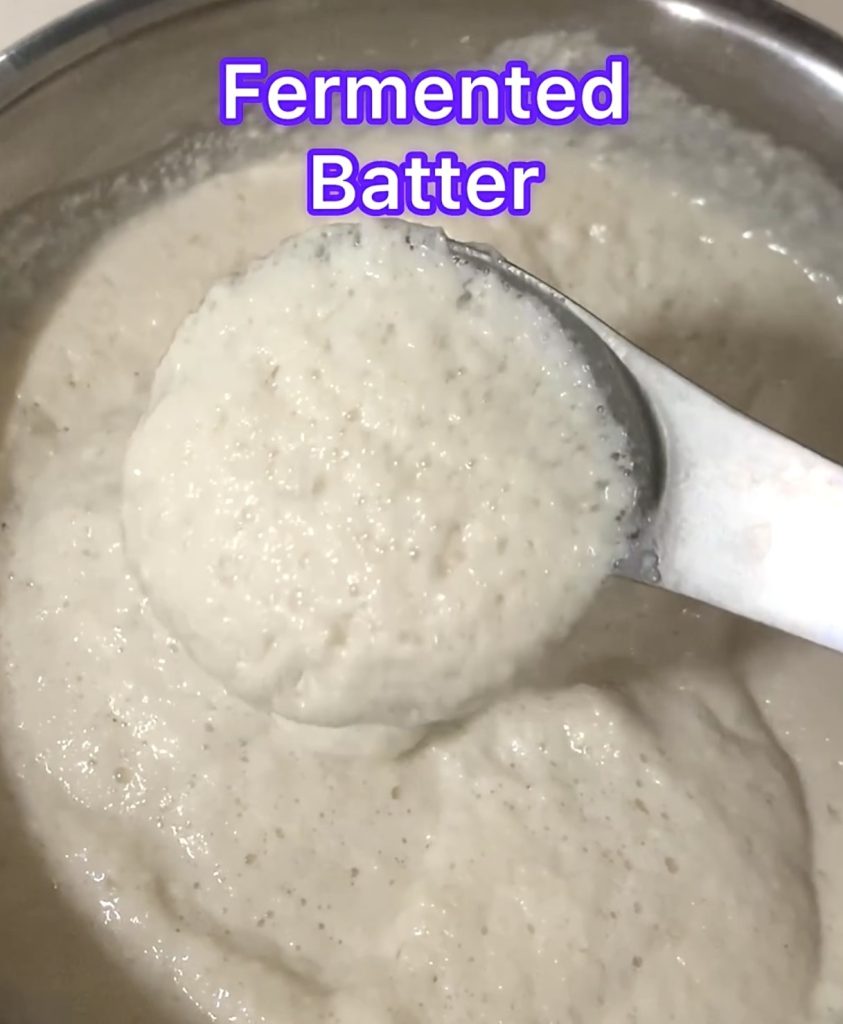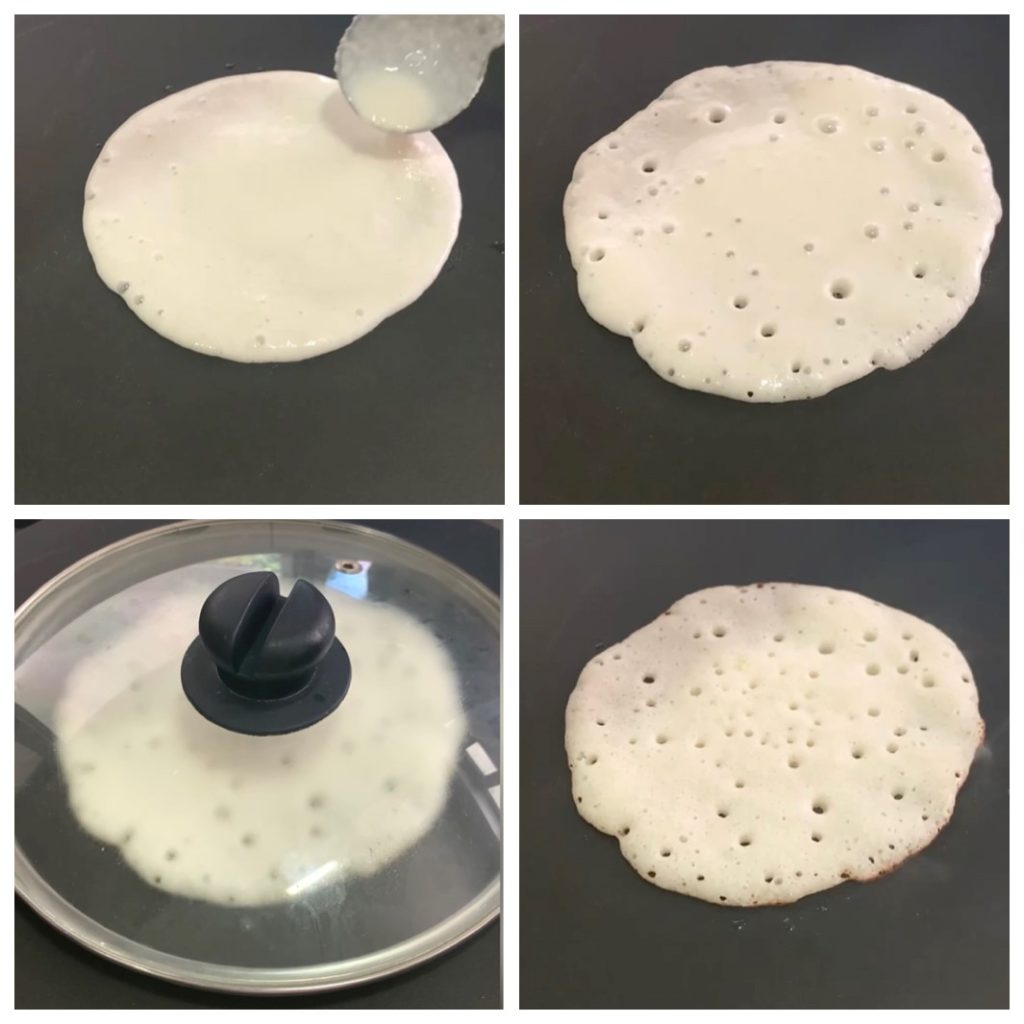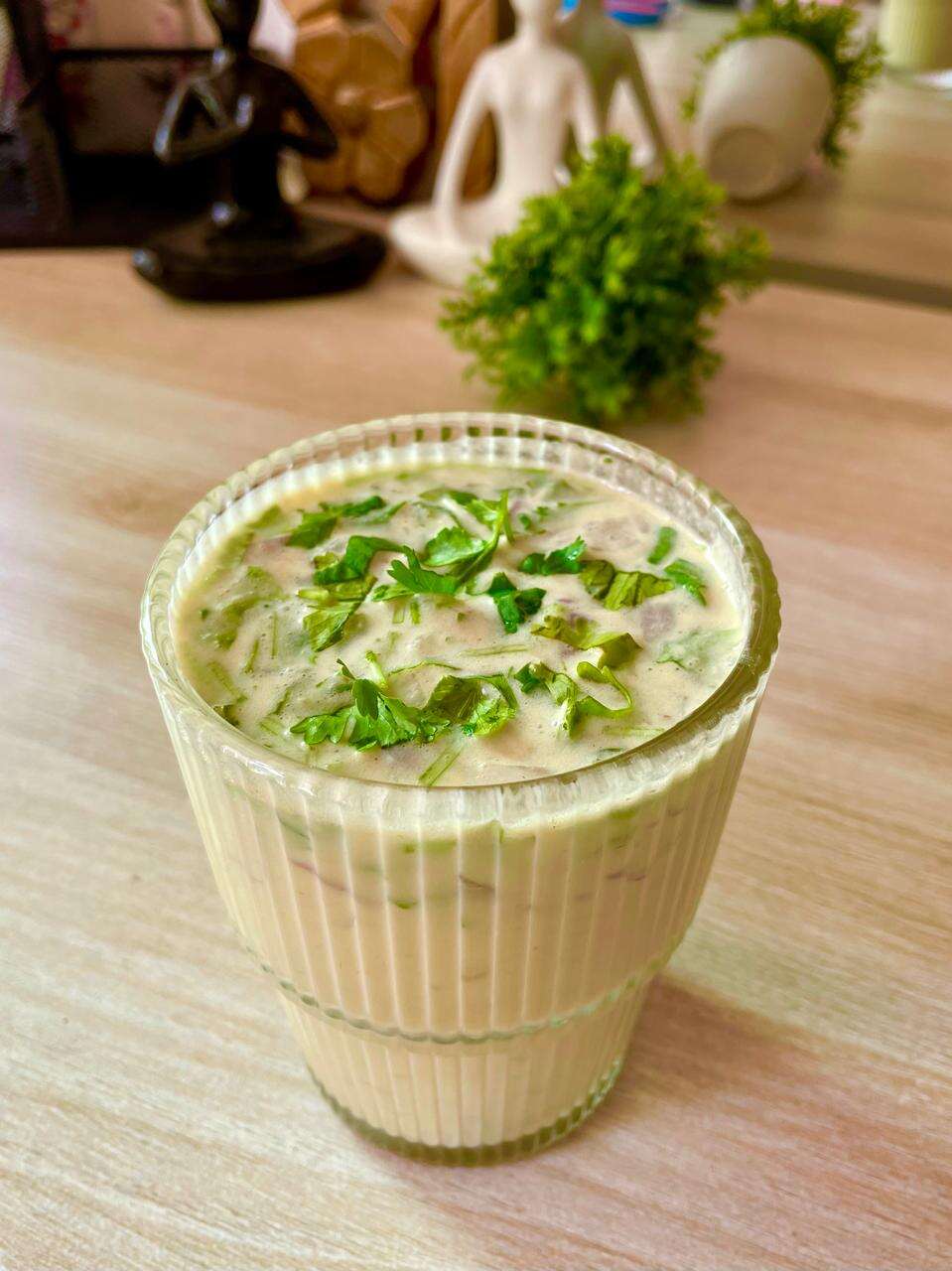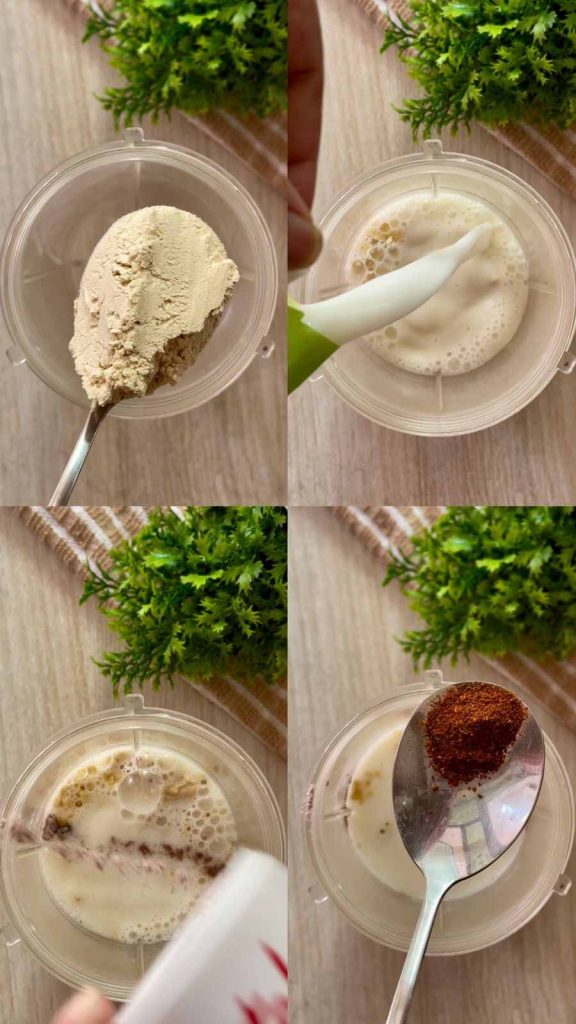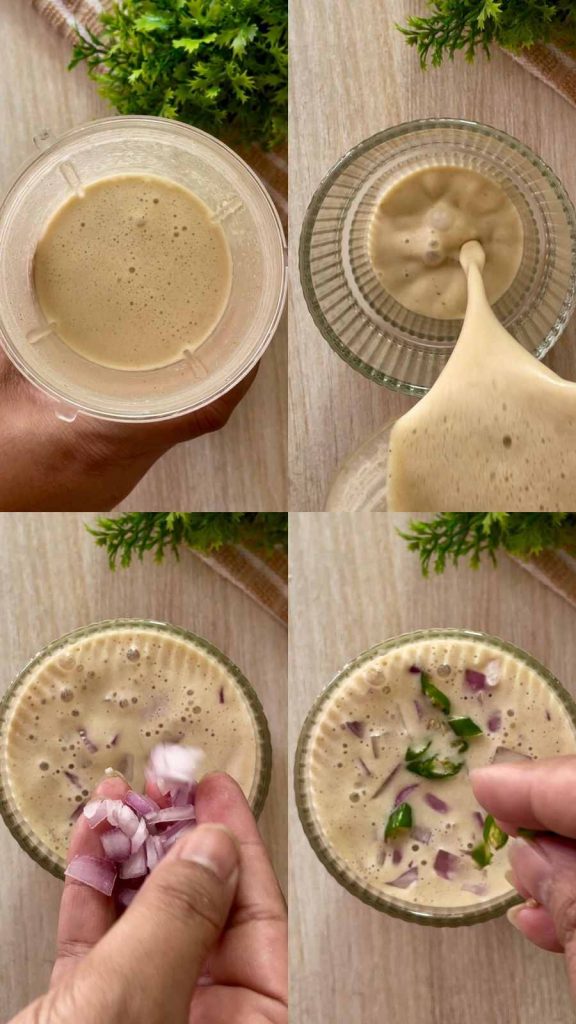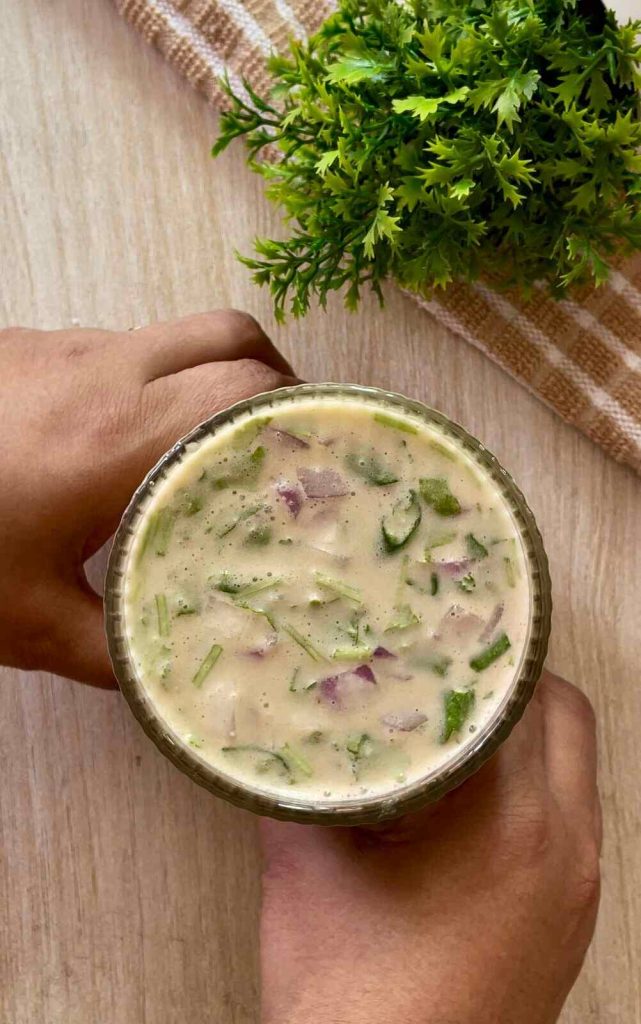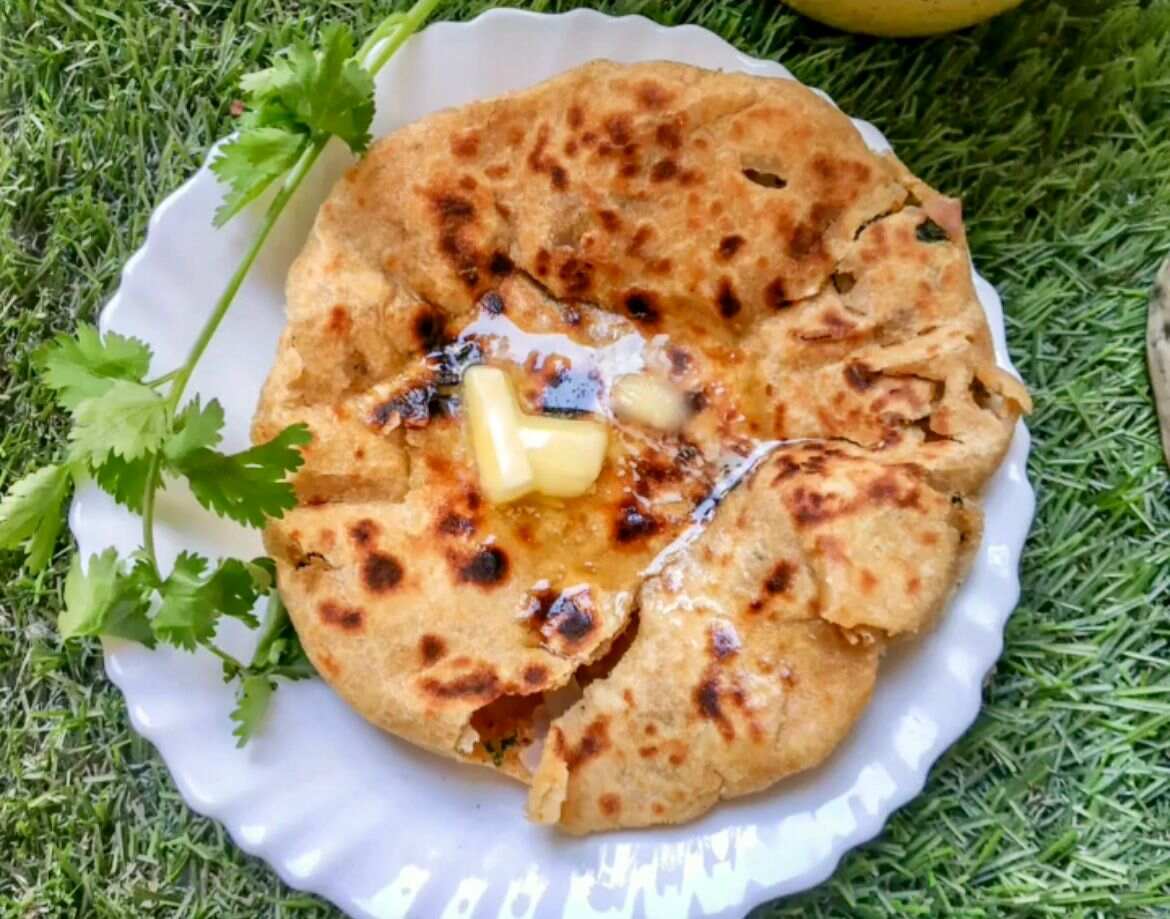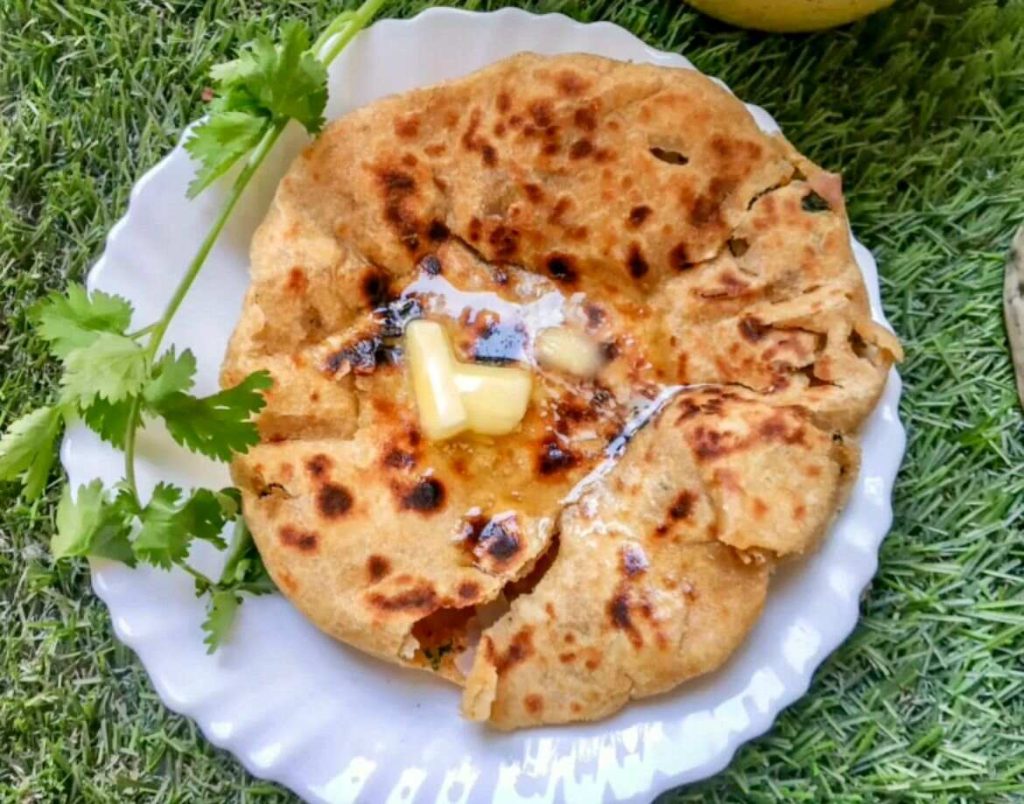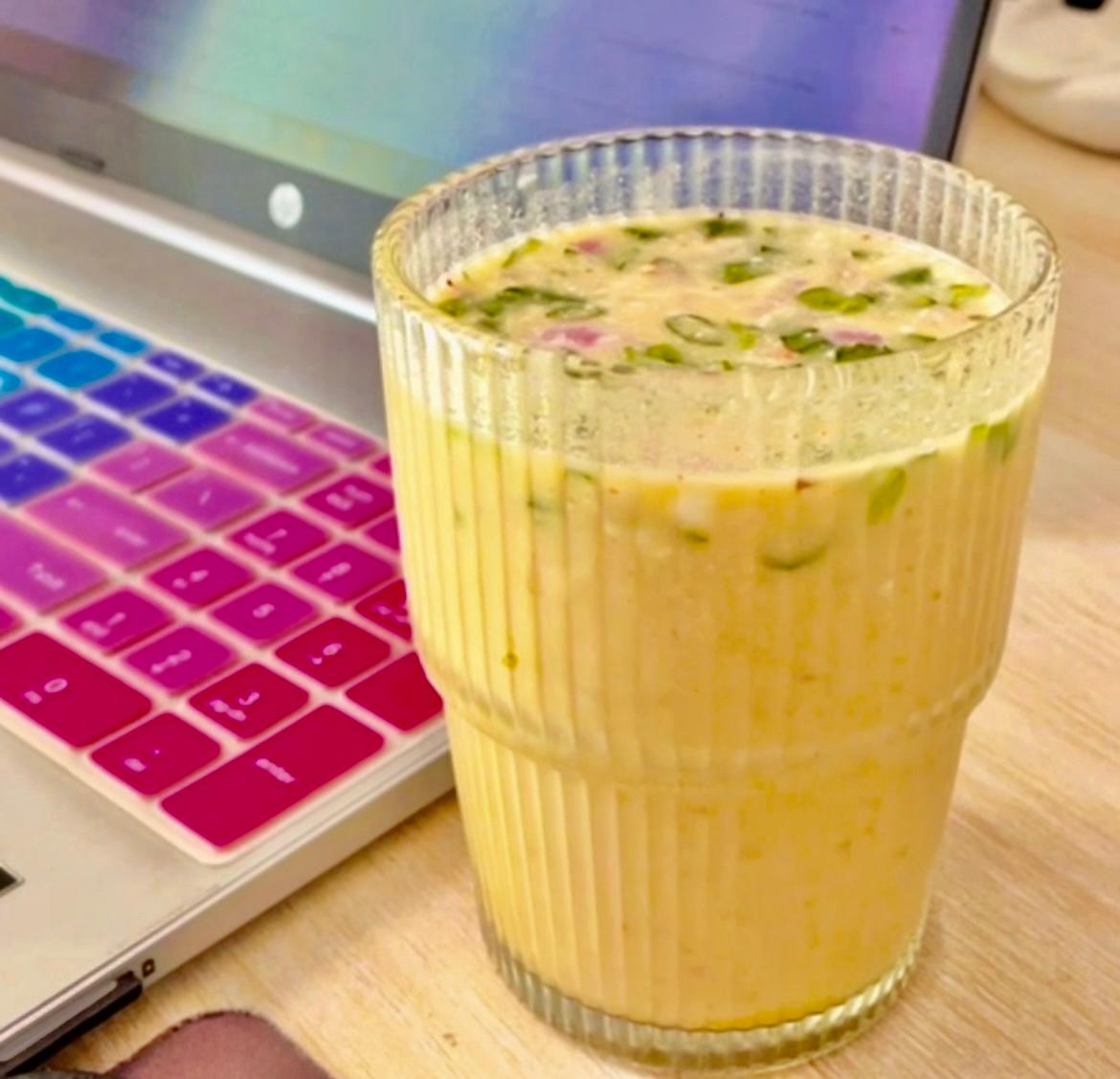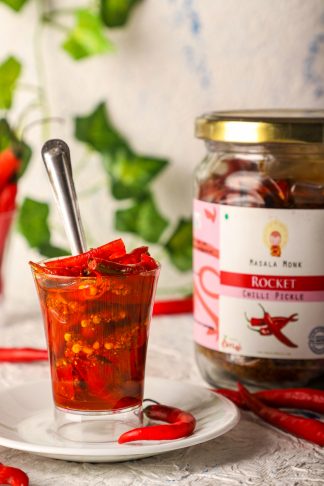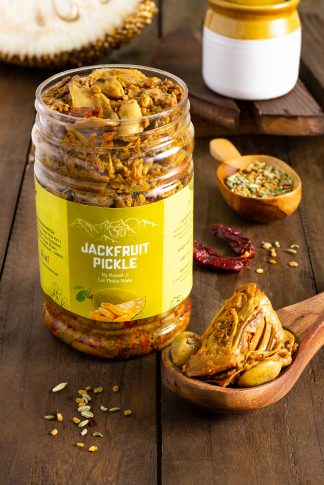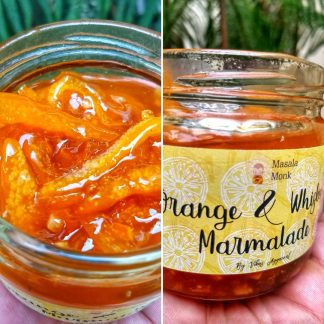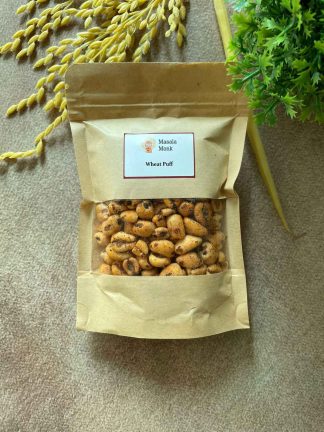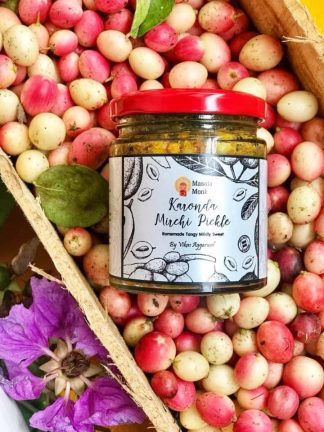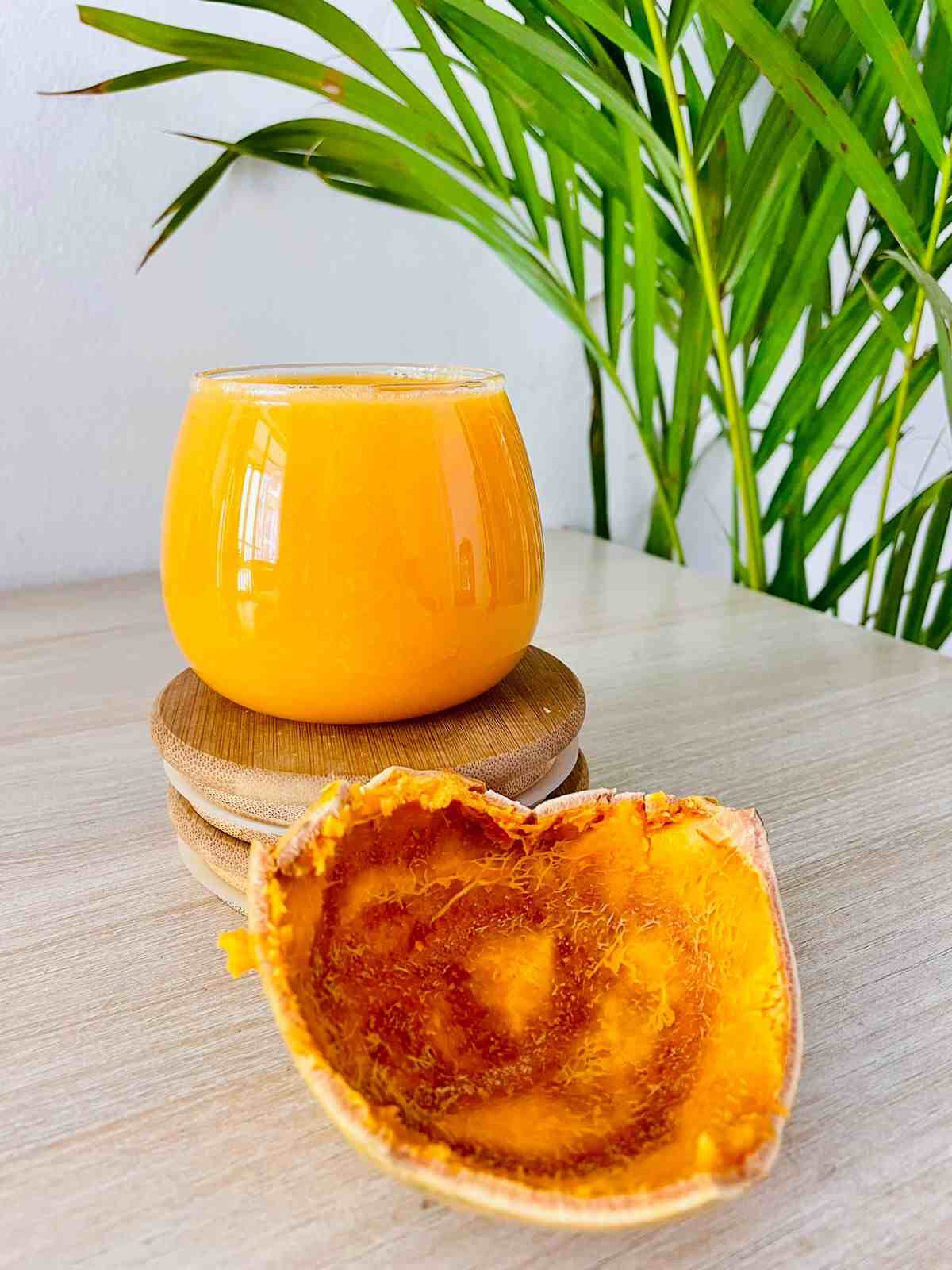
Once upon a time, I couldn’t stand the taste of bael fruit. It was my grandfather’s favorite summer fruit, and he made it a tradition for every child to enjoy bael sharbat during the scorching heat. Those days, bael fruits arrived fresh from our village. Fast forward to urban life, and now I find myself craving these regional delights. I make it a point to visit the local market and grab some bael fruit to whip up the sharbat at least once or twice every summer. Funny how our tastes change with time, isn’t it?
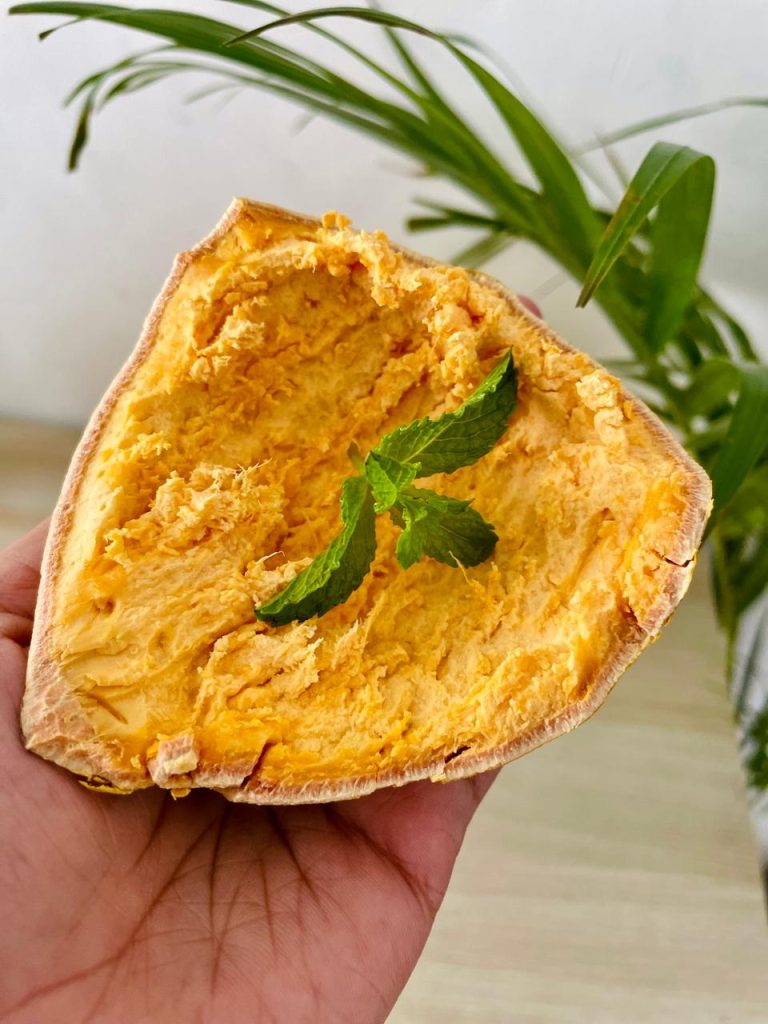
It is very easy to make and it is also very amazing in taste!
Ingredients:
1 ripe bael fruit
Lemon juice (from 1 lemon)
Black salt, to taste
Cold water
Ice cubes
Sugar, to taste
Mint leaves for garnish (optional)
Instructions:
Begin by cracking open the ripe bael fruit and scooping out the pulp. Discard the seeds and any hard parts.
In a bowl, add the bael pulp and cover it with water. Let it sit for 2-3 minutes to soften.
After soaking, strain the pulp through a fine mesh strainer to separate the juice from the fibers.
Add more water to the strained juice according to your desired consistency.

Mix in sugar, lemon juice, and black salt to taste. Adjust the sweetness and tanginess according to your preference.
Stir well until the sugar and salt are fully dissolved.
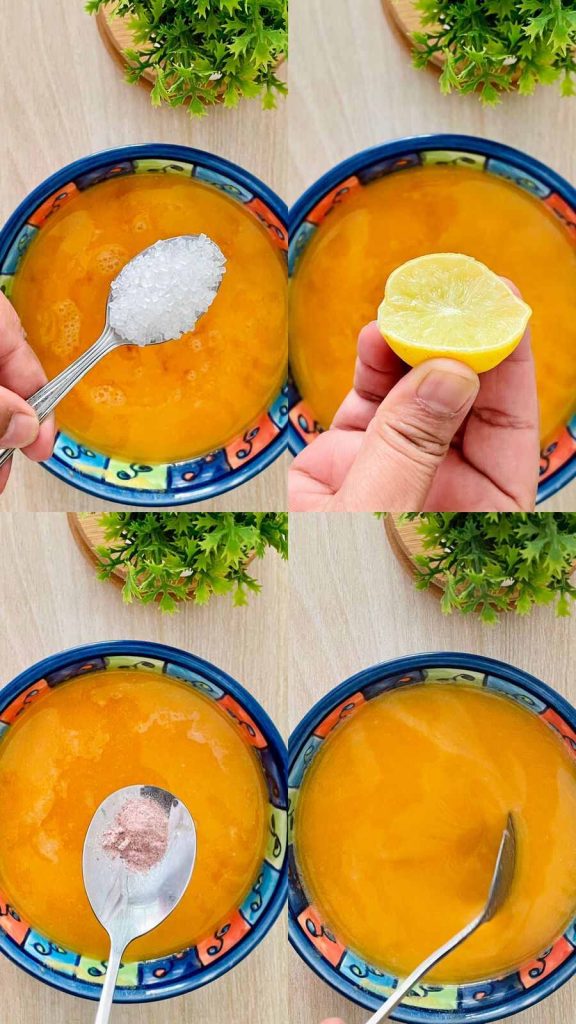
Fill serving glasses with ice cubes. Pour the prepared bael sharbat over the ice in each glass. Garnish with fresh mint leaves if desired. Serve immediately and enjoy the refreshing and flavorful bael sharbat!
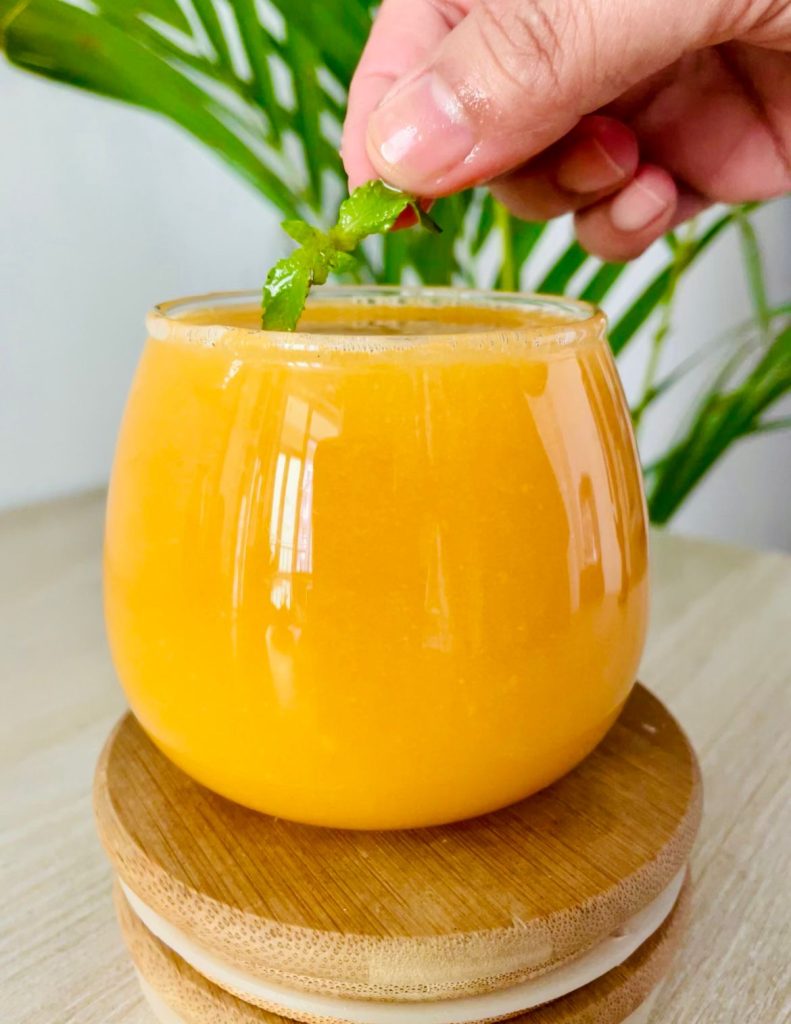
You can make your own bael sharbat at home or you can buy from numerous brands available online as well as offline. In case you are looking for a homemade, preservative free and authentic experience, without getting into hassle of making your own, you can always explore Masala Monk’s Bael Sharbat, which ships all over India.
Bael Sharbat isn’t just a refreshing summer drink; it’s a testament to the timeless wisdom of our ancestors. Unlike sodas and colas that can harm your health, this homemade concoction offers both flavor and nutrition in every sip. By embracing these age-old recipes and prioritizing homemade drinks, we not only honor our culinary heritage but also nourish our bodies with the goodness of nature. Here’s to savoring the simple joys and flavors of life, one glass of Bael Sharbat at a time!

